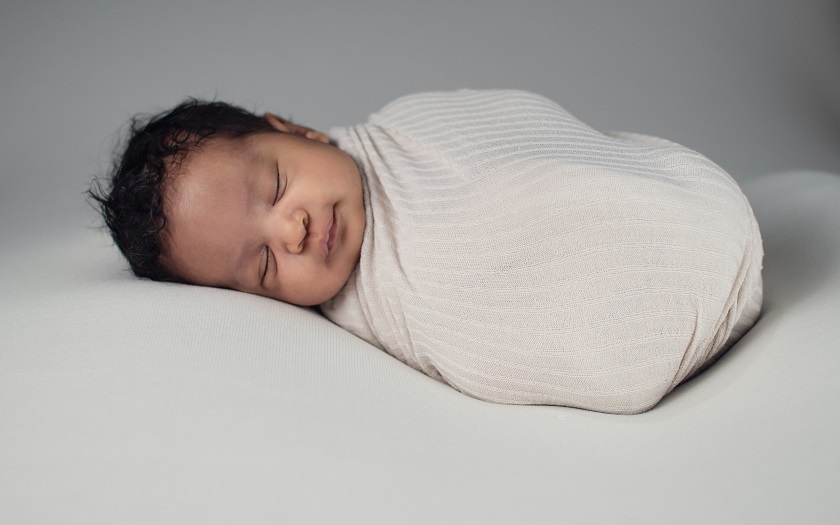Since its beginning, In-Vitro Fertilisation (IVF) has been surrounded by controversy. It was unnatural. It was unethical. However, when the first child was born in 1978 after many unsuccessful attempts, it was a turning point for the treatment of infertility. Since then more than 5 million people across the globe started out life in a lab.
The evolution of advanced IVF technologies had brought today’s IVF treatment to greater success rates over the years. This reignites a new controversy when couples use this reproductive technology to choose the gender of their child. Does the practice actually exist? Is it ethical to choose gender?
What is IVF?
For those who are not familiar with IVF, it is a process of fertilization occurred outside the body which involves manually combining an egg and sperm in a laboratory dish. An embryo will be formed if the fertilization is successful. Then, followed by an embryo transfer into the mother’s womb, a procedure that involves physically placing the embryo in the uterus.
Before the transfer of the embryos to the mother’s womb, technology known as Preimplantation Genetic Testing for Aneuploidy (PGT-A) or previously known as Preimplantation Genetic Screening (PGS) may be used to analyze the chromosomes the embryos. Only embryos with normal chromosomes are fit to be selected for transfer as they pose a high potential to establish into pregnancy. The purpose of this PGT-A is to increase the chance of becoming pregnant and to lower the risk of miscarriage or risk of having a chromosomally abnormal child. During the PGT-A analysis, sex chromosomes X&Y are hence revealed and enable prospective parents to know the gender of the embryos they are transferred into the womb. Selecting the gender of a baby is then possible thanks to this procedure.
The practice of gender selection for family balancing happens quite often in fertility clinics around the world. In some countries, such practice is legal while some may not. However, there are valid clinical indications for this practice when a couple was at risk of having a child with an inherited genetic disorder linked to a particular gender, such as hemophilia, Duchenne Muscular Dystrophy. Their best option is to go for IVF with PGS to eliminate the possibility of inheriting the same genetic disease on their offspring. PGS is by far the most effective and accurate scientific technique to analyze the chromosomes as it provides almost 100 percent accuracy.
How much does PGS cost?
There is a lot of variables from patient to patient. All patients who undergo PGS need the IVF cycle. Some of the factors that can impact the cost are the number of IVF cycles needed and the number of embryos to biopsy and test. Most clinics charge anywhere from RM5k to RM15k for PGS. (Some clinics charge per embryo, while others charge a lump sum.) This is on top of the basic IVF, which averages RM15k to RM20k. The additional cost for PGS may indeed worth it to ensure a successful pregnancy and a healthy baby, don’t take into consideration of a specific gender.
Concern
While technology makes gender selection possible, it also put forward some ethical issues. Should this option be available to couples who simply have a social preference as opposed to a medical indication. There are strong arguments on both sides and the debate will continue.
Article by:
Dr. Tan Chong Seong
Consultant Gynecologist and Fertility Specialist
Alpha IVF & Women’s Specialists
https://www.alphafertilitycentre.com/our-team/dr-tan-chong-seong



